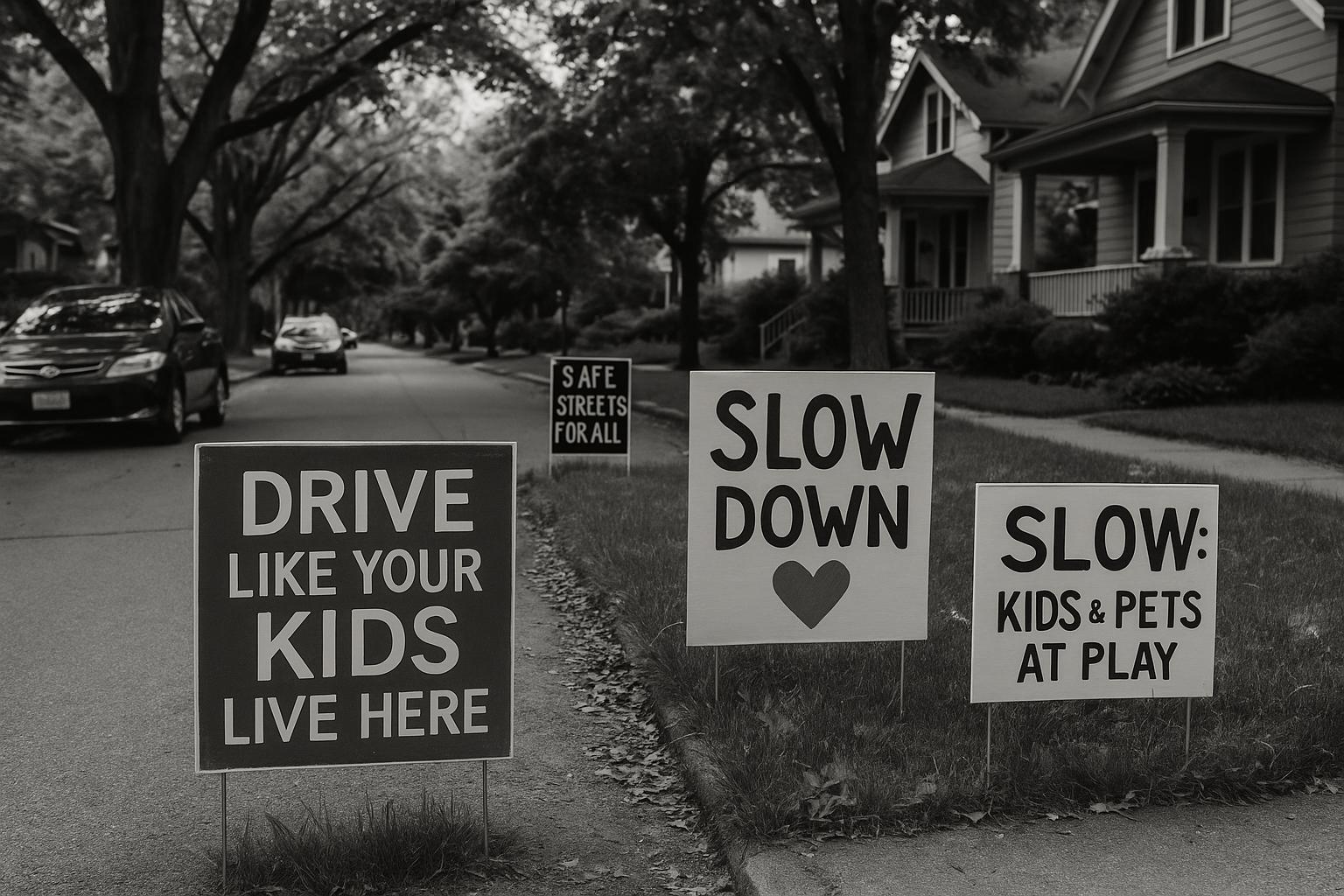Concerns about speeding and traffic safety on residential streets in Saco are gaining heightened attention from both residents and city committees, spotlighting a growing challenge that extends beyond the main thoroughfares. At a recent meeting of the Traffic Safety Committee (TSC), a Locke Street resident voiced frustrations over unchecked speeding and the absence of speed limit signs on his quiet neighbourhood street. Similarly, a mother living on Cumberland Avenue raised alarms about speeding and the lack of sidewalks, underscoring the risks posed to pedestrians and children in areas where modest homes and active street life would normally suggest safer conditions. These concerns reflect a broader unease among Saco's community members, who increasingly question why vehicles frequently exceed safe speeds in residential zones and why effective measures have yet to be implemented.
In response to this growing problem, two city committees—the Conservation Commission and the Bicycle and Pedestrian Advisory Committee (BPAC)—have joined forces in a grassroots campaign to promote safer driving and pedestrian-friendly streets through visible messaging efforts. Drawing on findings from a 2023 Greenhouse Report that identified passenger vehicles as Saco's largest source of greenhouse gas emissions, the Conservation Commission framed traffic calming as not only a safety issue but also an environmental imperative. Melissa Field of the Conservation Commission explained that local development debates and observations of yard signs advocating slower driving inspired the initiative. Collaborating with the BPAC, they engaged students from Thornton Academy’s Digital Design class to create colourful lawn signs with messages like “Watch for Bikes” and “No Need for Speed.” These signs have rapidly spread across Saco, supported by joint funding from both committees and outreach at community events, serving as a grassroots appeal to drivers to reduce speed for the safety and well-being of neighbourhood residents.
While the impact of this signage campaign is challenging to quantify, the enthusiasm with which residents have embraced the signs suggests a strong communal desire for change. Beyond messaging, the city is also undertaking broader safety initiatives. The Saco Police Department, alongside the Department of Public Works and MaineDOT, is actively exploring technological solutions such as real-time incident mapping to better track and respond to pedestrian-vehicle collisions, prompted by a significant rise in incidents and public concern over the city's liability and proactive response capabilities. Complementing this, Saco’s recently launched Safe Streets program addresses a decade-long history of pedestrian and cyclist collisions through enhanced public education and targeted infrastructure improvements, aligning with the 2022-2034 Comprehensive Plan’s vision for safer, multi-modal transportation networks.
Additionally, temporary safety enhancements under the regional Vision Zero initiative have been implemented in Saco, including speed tables and improved crosswalks near Thornton Academy on Route 1, intended to reduce speeds and improve pedestrian safety until their effectiveness can be evaluated later this year. Such measures align with national trends observed in cities like Portland, Oregon, where speed and intersection safety cameras have successfully lowered crash rates by up to 49%, demonstrating the value of combining educational efforts with enforcement and physical traffic calming interventions.
For Saco to make further progress, adopting formal traffic calming tools similar to those employed by cities like Sacramento—such as speed humps, radar boards, and clearly posted speed limits—could provide measurable reductions in speeding and improve residential safety. Current Maine Department of Transportation guidelines require speed limits on local roads to be set in 5 mph increments and supported by municipal ordinances, indicating a regulatory framework available for Saco to formalise and enforce more appropriate speed limits in neighbourhoods. Such calibrated interventions, together with community advocacy and city-led programs, could transform local streets into safer, more pleasant environments for walking, cycling, and daily community life.
The momentum seen in Saco reflects a city waking up to the complexities of traffic safety beyond major highways, highlighting how civic engagement, inter-departmental collaboration, youth involvement, and data-driven policy can converge to tackle longstanding neighbourhood concerns. As the city’s committees prepare for joint discussions on the ongoing Transportation Master Plan, the challenge remains to translate community energy and targeted programs into sustained reductions in speeding and traffic incidents on residential streets.
📌 Reference Map:
- Paragraph 1 – [1], [2]
- Paragraph 2 – [1]
- Paragraph 3 – [1], [2], [3]
- Paragraph 4 – [4], [6]
- Paragraph 5 – [5], [7]
- Paragraph 6 – [1], [3], [4], [5]
Source: Noah Wire Services
